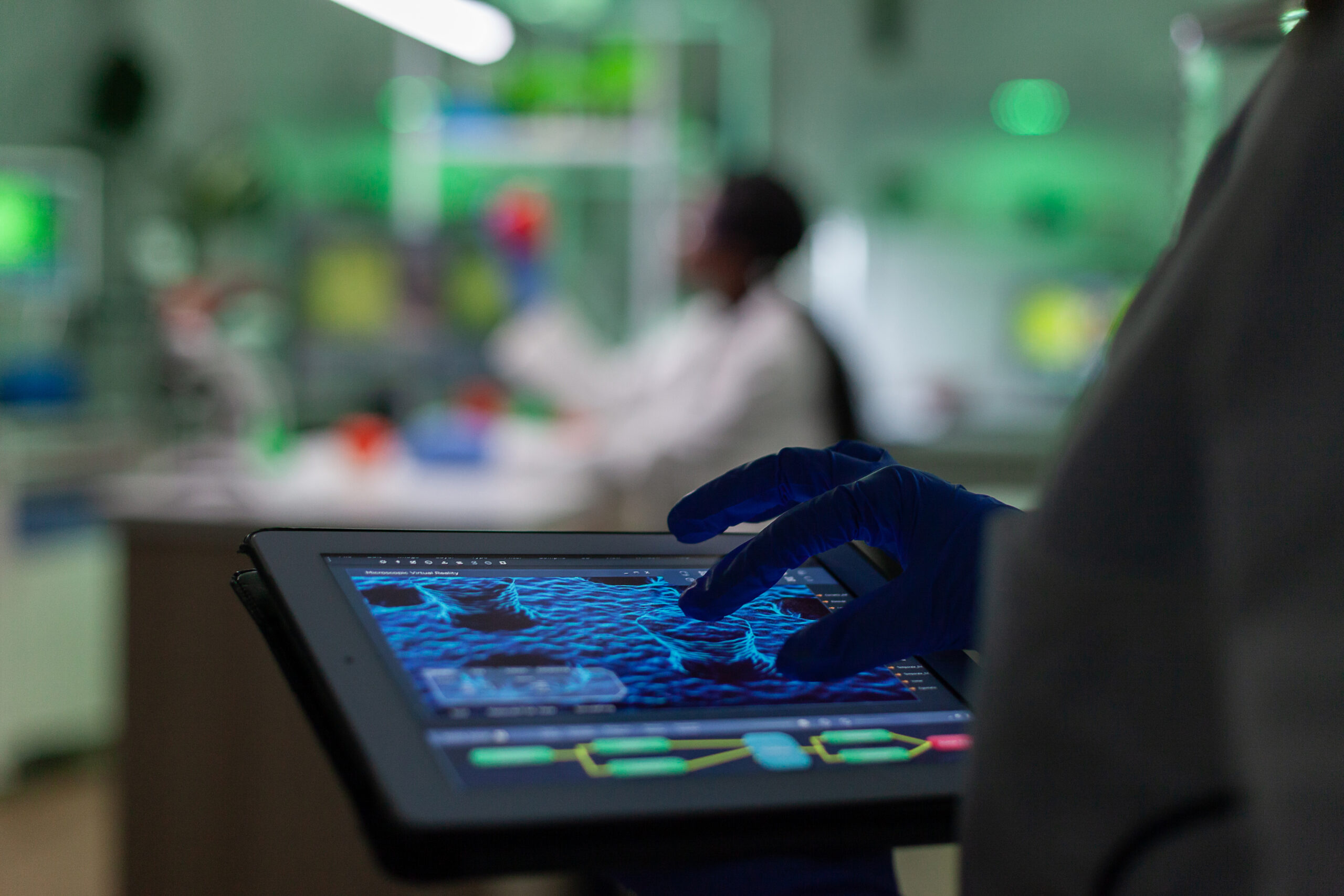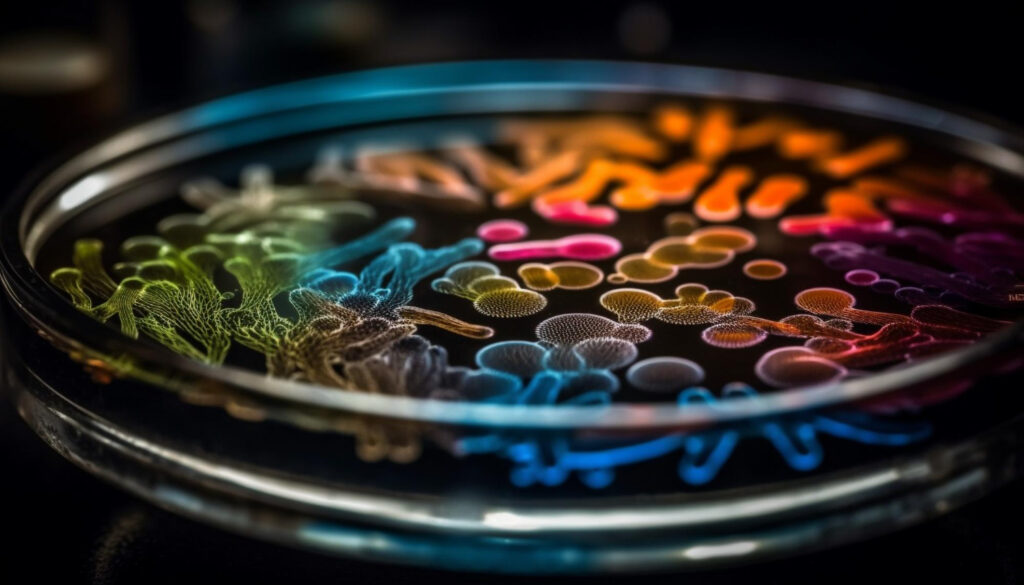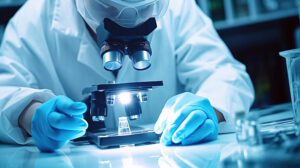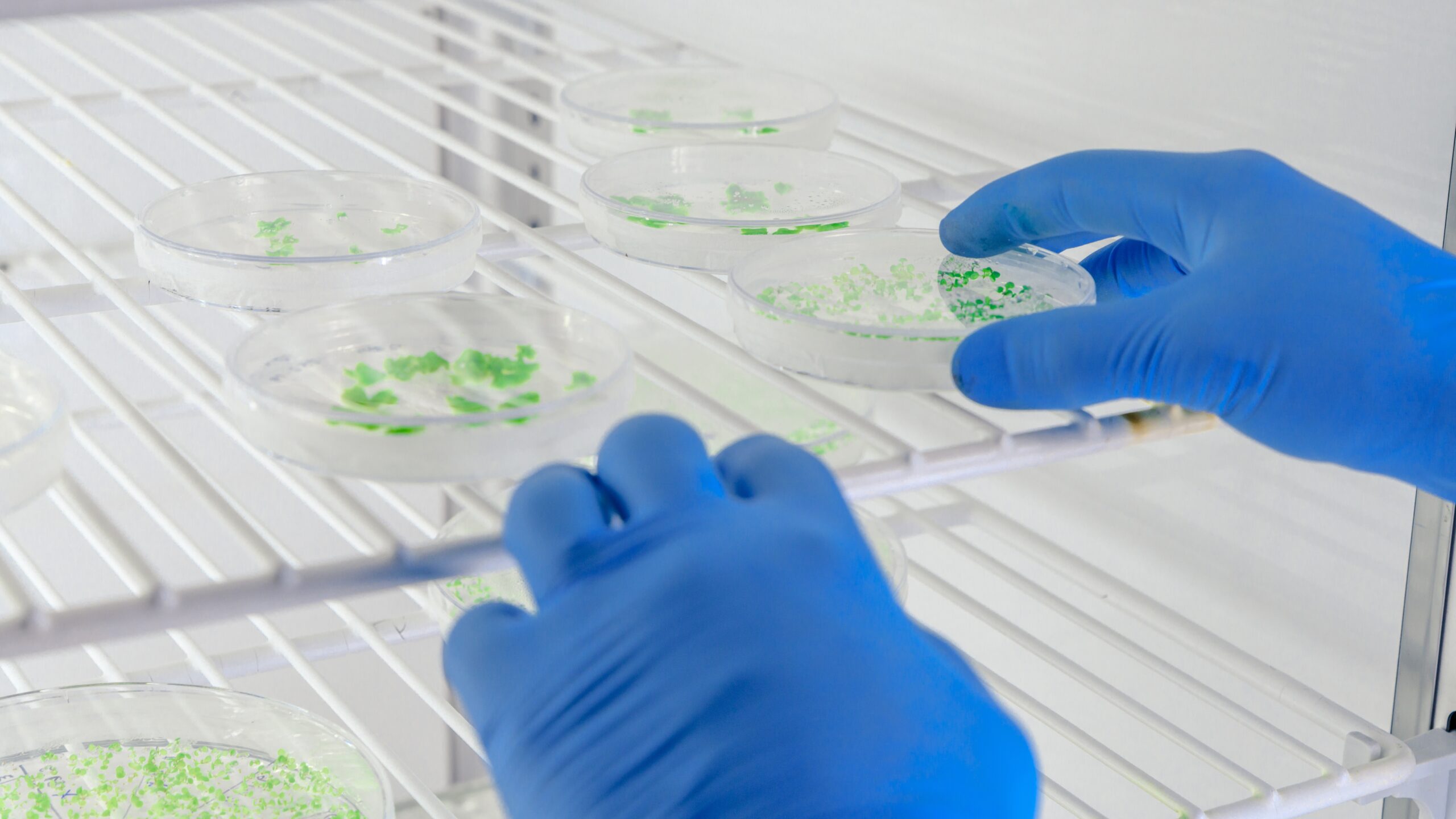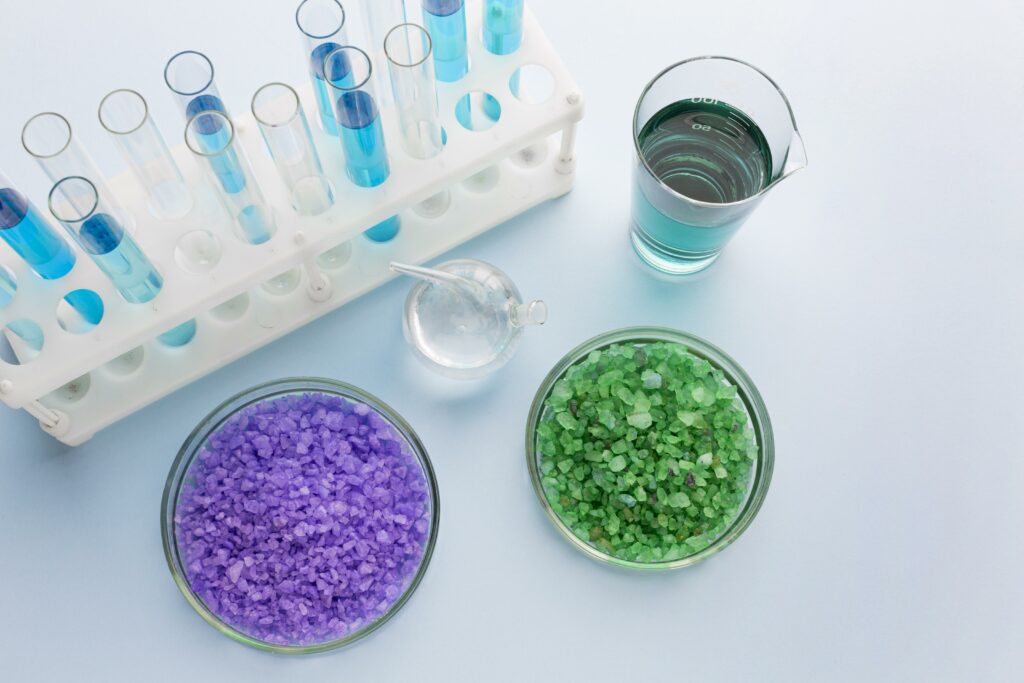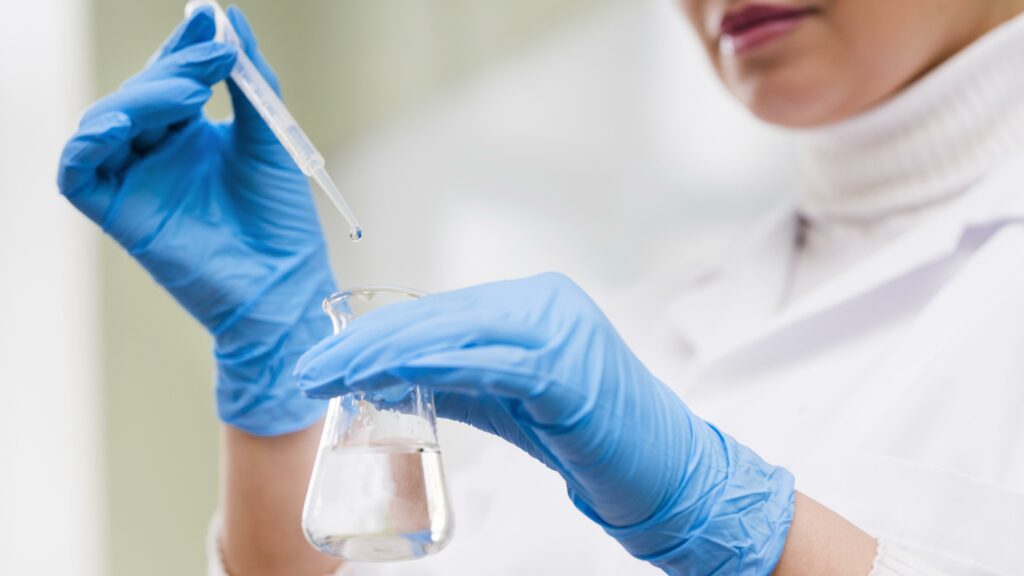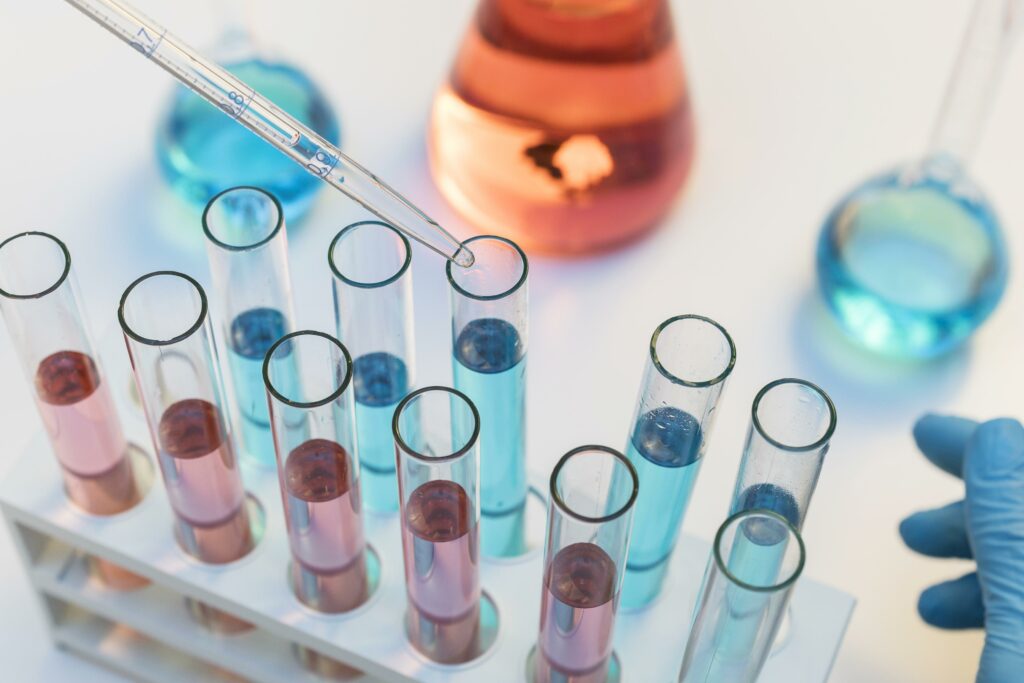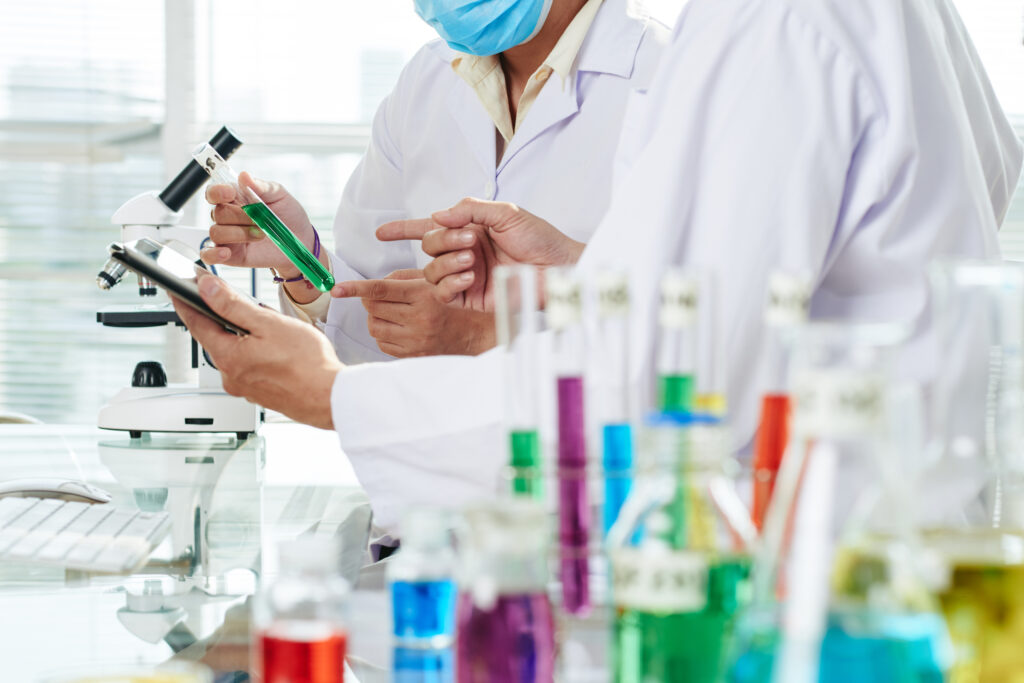Microbial analysis techniques are essential for comprehending the vast world of microorganisms and their impact on numerous areas of life. These techniques provide useful insights into the microscopic world, whether they are examining the composition of microbial communities, finding hazardous infections, or exploring the genetic makeup of microorganisms.
In this post, we will look at seven commonly used microbiological analysis techniques in laboratories and research settings. We will investigate the concepts, applications, and significance of various techniques in solving the secrets of microbes, ranging from culture-based methods to cutting-edge molecular technologies. We can appreciate the role of these approaches in developing subjects such as microbiology, environmental science, healthcare, and biotechnology by learning more about them.
Microbial Analysis Techniques
Microbial analysis is critical for comprehending the microscopic world of microorganisms. Bacteria, viruses, and fungi are all around us, and understanding them is critical in sectors such as healthcare, environmental research, and food safety. By analyzing microbes, scientists can identify pathogens, study their behavior, and develop effective strategies to control and prevent their spread.
Microbial analysis techniques are many and ever-changing. They enable scientists to identify and describe microorganisms and establish their quantity and genetics. These approaches are roughly characterized as culture-based, molecular-based, and microscopy-based. Each strategy has advantages and disadvantages, providing a full arsenal for researchers to explore the microbial world.
Common Microbial Analysis Techniques You Should Know
1. Culture-Based Techniques for Microbial Analysis
Microorganisms are grown on particular media to aid identification and research using culture-based techniques. These methods rely on the ability to cultivate microorganisms in a controlled laboratory environment, resulting in a population of cells for study. Scientists can selectively grow individual microorganisms or groups of bacteria by using different types of medium and incubation conditions.
2. Molecular Techniques for Microbial Analysis
Molecular approaches have transformed microbial analysis by allowing for the genetic detection and characterization of bacteria. These approaches involve the extraction and amplification of microbial DNA or RNA, followed by various methods of analysis. Because molecular techniques produce speedy and precise results, they are useful tools in diagnostic and research contexts.
3. Microscopy-Based Techniques for Microbial Analysis
Microorganisms are observed and studied using microscopes in microscopy-based approaches. These techniques provide vital insights into microbe appearance, structure, and behavior by allowing scientists to see individual cells or cell components.
4. Next-Generation Sequencing in Microbial Analysis
The microbiological analysis technique is next-generation sequencing. It’s eye-catching, potent, and can reveal more information about microbes than ever before. This technology enables scientists to sequence millions of DNA fragments at the same time, offering a full picture of a microbial community’s genetic makeup.
5. Flow Cytometry in Microbial Analysis
Flow cytometry is analogous to a microbial nightclub, with each microbe having its own VIP entrance. Scientists can use this technique to evaluate individual cells in a sample based on their physical and chemical features. It entails exposing cells to a laser beam and monitoring their size, shape, and fluorescence. It’s like giving germs a makeover and then putting them on the catwalk.
6. Biochemical Techniques for Microbial Analysis
Biochemical approaches are the go-to toolset for microbial analysis. They entail employing specific chemical reactions to identify and quantify various compounds generated by bacteria. Enzymes, proteins, and even genetic material are examples of this. It’s like playing detective with molecules, attempting to uncover hidden microbiological secrets.
7. Emerging Technologies in Microbial Analysis
Emerging technologies are microbial analysis’s rebellious kids, pushing the boundaries and challenging the status quo. These novel techniques are constantly changing, suggesting new avenues for studying and comprehending microorganisms. They frequently employ cutting-edge technology such as single-cell analysis and nanopore sequencing, giving scientists even more powerful tools for unraveling the secrets of the microbial world.
Microbial analysis has a bright and exciting future. We should expect advancements in high-throughput sequencing approaches as technology advances, enabling for even more extensive and precise investigation of microbial populations. The integration of multi-omics data, such as genomics, metagenomics, and metatranscriptomics, will provide a more complete picture of microbial ecosystems. Furthermore, advances in artificial intelligence and machine learning will likely play an important role in managing and understanding large volumes of microbiological data. In conclusion, the discipline of microbial analysis has made significant advances in recent years, allowing us to dive further into the world of microorganisms and understand their mysteries.
These seven popular microbial analytic techniques have transformed our understanding of microorganisms and their functions in various ecosystems, ranging from cultivation-based methods to molecular techniques and high-throughput sequencing. As technology advances, it is thrilling to imagine the future possibilities and potential discoveries in the field of microbial analysis. We can leverage the power of microbes for innovation, illness prevention, environmental protection, and a variety of other sectors by remaining current on these tactics. We may continue to uncover the hidden mysteries of microbes and harness their potential for the betterment of humanity through continued research and collaboration.
CONCLUSION
The 7 popular microbial analysis approaches mentioned in this article provide scientists and researchers with a full arsenal for studying and understanding microorganisms. These techniques, which range from traditional culture-based procedures to modern molecular technologies, provide vital insights into microbe variety, behavior, and activities. We can get a better understanding of microbial populations, identify and control hazardous infections, and unlock the potential of microorganisms for a variety of uses by leveraging the strength of these approaches. Microbial analysis techniques are anticipated to evolve further as technology advances, bringing us new opportunities for research and discovery in the fascinating world of microbes.
If you like this article share it and visit us at https://metalchem.com/contact/ for a free consultation about your product needs, feel free to contact us or email us at or********@gm***.com

